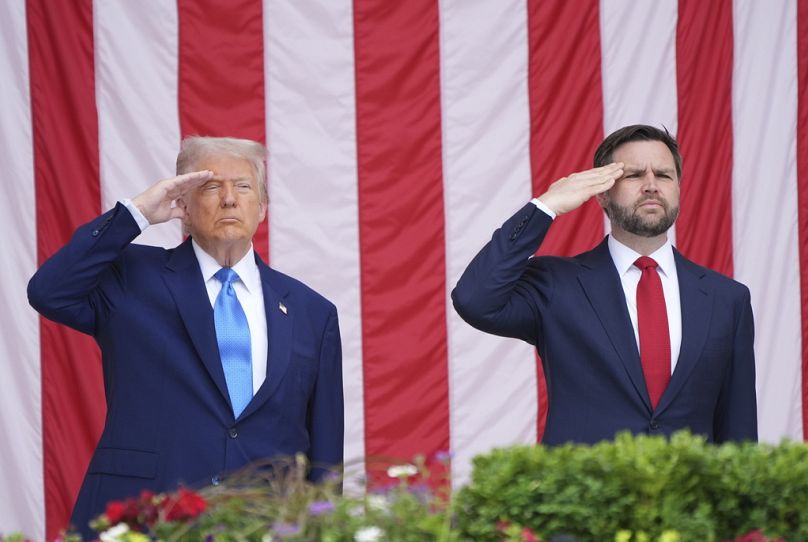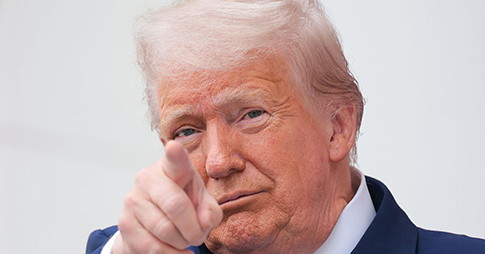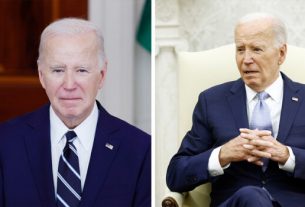Memorial Day in the United States is a federal holiday dedicated to honoring military personnel who died in service to their country. Traditionally marked by solemn ceremonies and moments of unity, the holiday also presents an opportunity for national leaders to express gratitude and reaffirm commitments to veterans and their families.
In 2025, former President Donald Trump’s public remarks on Memorial Day drew both attention and criticism, highlighting the ongoing political divide in the country.
Trump’s Truth Social Post Raises Concerns
Early Monday morning, Donald Trump published a statement on Truth Social, his preferred social media platform, that quickly sparked widespread conversation. In his post, Trump offered a holiday message that combined a tribute to fallen soldiers with sharp political critiques, including pointed references to immigration policy, judicial decisions, and the current administration.
While the post included traditional Memorial Day greetings, its tone and content were met with mixed reactions. Several public figures, commentators, and members of the public expressed concerns about the appropriateness of using such a solemn occasion for partisan messaging.
Trump has frequently used holidays and public events to express strong political views, a strategy that resonates with his supporters but often draws criticism for tone and timing.
Arlington Ceremony Offers a More Traditional Tribute
Later in the day, Trump attended a wreath-laying ceremony at Arlington National Cemetery, one of the most significant Memorial Day events in the United States. The ceremony was also attended by Vice President JD Vance and Defense Secretary Pete Hegseth. Together, they paid tribute to the nation’s fallen service members with formal speeches and moments of reflection.
In his remarks at Arlington, Trump shared the story of Corporal Ryan McGee, a young Marine from Fredericksburg, Virginia, who served multiple tours overseas before losing his life in Iraq. McGee is buried in Section 60 of Arlington Cemetery, known for its high concentration of post-9/11 service members. Trump recognized McGee’s mother, Sherry, who was in attendance.
This portion of Trump’s speech received praise for its heartfelt tone and its alignment with the day’s commemorative nature.

Shifting from Tribute to Campaign Themes
Following the initial tribute, Trump transitioned into familiar campaign themes during his speech. These included references to national security, border enforcement, and critiques of judicial decisions related to immigration and criminal justice policy. He emphasized what he described as “unfinished business” from his previous term and reiterated promises for a potential second term.
Such transitions between ceremonial remarks and campaign messaging have been a hallmark of Trump’s public appearances, often blurring the line between official duties and political rallies.
Public Reaction: A Mix of Support and Criticism
Public reaction to Trump’s Memorial Day message — particularly his social media post — was swift and sharply divided.
Supporters of the former president argued that he was exercising his right to speak freely and that his concerns about national policy are timely and legitimate, even on national holidays. They pointed to his recognition of fallen service members as evidence that he remained focused on honoring military sacrifice.
Critics, including some veterans’ groups and political commentators, said the post was ill-timed and detracted from the solemn purpose of Memorial Day. They argued that using charged language on a day meant for unity risked undermining the spirit of national remembrance.
Notable responses came from:
- Veterans advocacy organizations, who emphasized the need for respectful, non-partisan messages on Memorial Day.
- Political analysts, who debated whether such statements strengthen or weaken political discourse in an election year.
- Journalists, who questioned whether the post overshadowed the more traditional, respectful tone Trump took later at Arlington.

Historical Context: Presidents and Public Messaging on Memorial Day
Presidential statements on Memorial Day have historically centered on unity, remembrance, and calls for peace. According to the Library of Congress, every U.S. president since the Civil War has used the holiday to honor fallen troops and connect with military families.
While presidents may differ in tone or emphasis, Memorial Day speeches often share common themes of gratitude, national service, and shared sacrifice. Trump’s use of political language on such occasions reflects a broader trend of blending ceremonial moments with partisan commentary, a shift some historians view as part of a changing media and political landscape.
The Broader Implications
The debate over Trump’s Memorial Day remarks speaks to a larger issue: the role of public figures in shaping national dialogue during times of reflection.
As the 2024 election cycle continues to reverberate into 2025, political communication remains a powerful tool — capable of honoring or dividing, depending on how it is wielded. Holidays such as Memorial Day provide opportunities for leaders to model unity and offer healing — a need many Americans continue to express.

Final Reflection
Donald Trump’s Memorial Day messaging — from his sharply worded social media post to his solemn appearance at Arlington — represents the contrasting dynamics that have defined his public presence: defiance and tradition, disruption and patriotism.
For supporters, these moments confirm his commitment to speaking plainly about national concerns. For critics, they underscore the ongoing tension between decorum and political theater in public life.
Regardless of viewpoint, one fact remains: Memorial Day continues to serve as a vital moment to honor those who gave their lives in service to the United States. For many, preserving the sanctity of that day — in word and deed — is as important as ever.
References
- Library of Congress – Presidential Memorial Day Speeches
- Syracuse University Newhouse School – Political Communication Research
- Cornell University Department of History
- Truth Social Public Statements Archive



